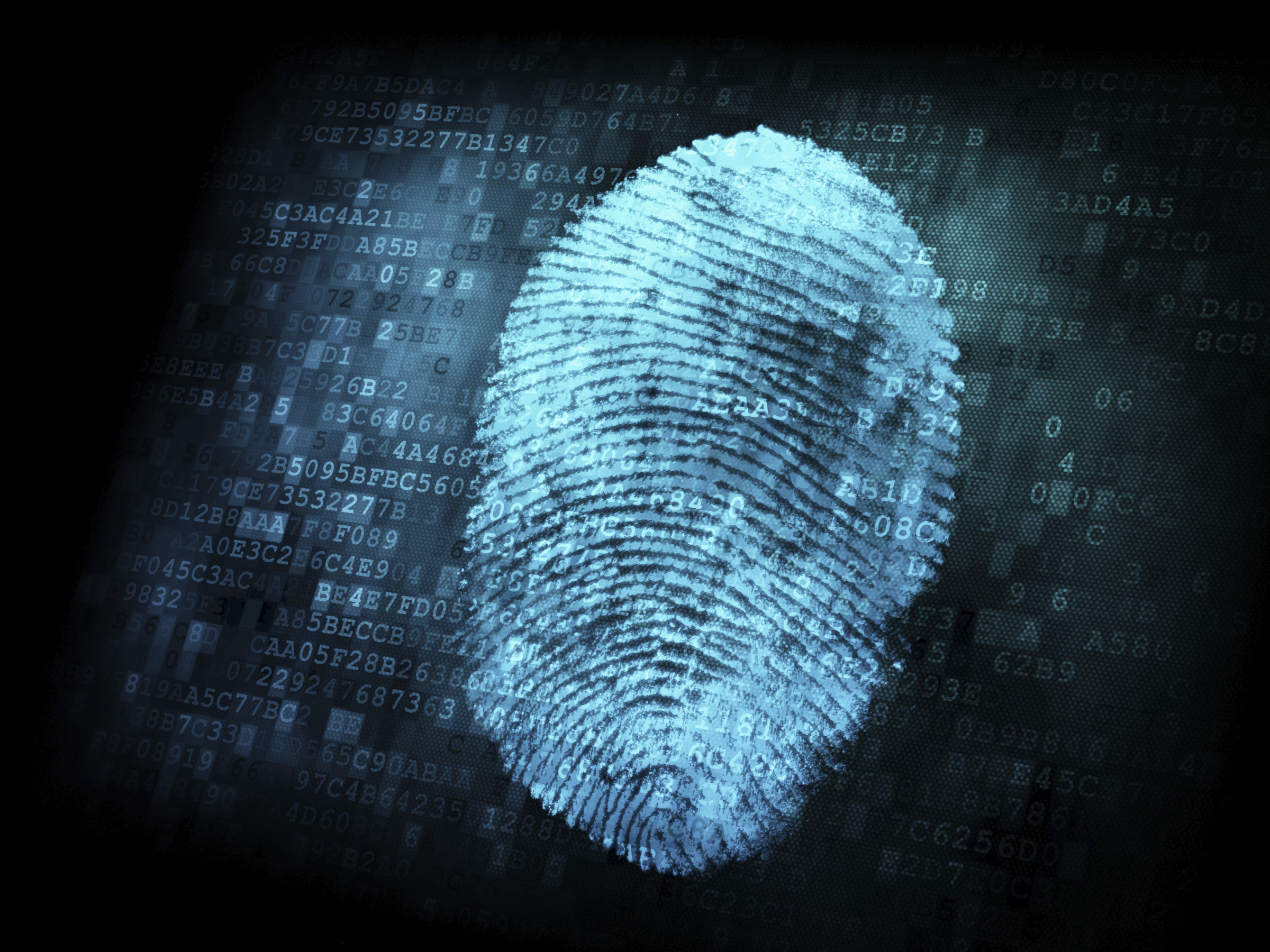After months of rumors and speculation, evidence popped up last month seemingly confirming that future iOS devices will have built-in fingerprint sensors. Code was found hidden in iOS 7 that refers directly to the feature, suggesting we could see it as soon as this year.
The idea, though, of Apple putting fingerprint sensors in its mobile devices spawns a number of questions like: what will it be used for, how will it work, and how durable will it be? Luckily, biometric authentication expert Geppy Parziale has decided to impart some of his wisdom…
Geppy has over 15 years of professional experience in pattern recognition and machine vision, and his patents and inventions in the field of fingerprint capture are used by several government agencies. So needless to say, he is more than qualified to opine on the topic at hand.
Anyway, Geppy writes over at InvasiveCode (via 9to5Mac) that he believes Apple will use a touch-based fingerprint sensor in its upcoming iPhone—versus a touchless sensor, which requires optical lenses and a complex lighting system—and he sees some major issues with that:
“Constant usage of the sensor starts to destroy the capacitors and over time, the fingerprint sensor stops to work. To avoid this issue, during the manufacturing process, the sensor surface is covered by insulating material (essentially silicon, processed to become an insulating layer) that protects the metallic surface. The touchscreen of your iPhone is manufactured in the same way. However, the coating layer on the fingerprint sensor surface cannot be too thick otherwise the electrons from your body cannot reach the metallic surface of the sensor to generate a fingerprint image. So, this protecting layer is thin and only used to extend the life of a sensor, but its continuous usage will destroy its surface, making the device useless.”
But it’s not just the constant usage you have to worry about, he says. Think of all the things you touch throughout the day, and how sweaty and oily your hands and fingers get at times. When you touch the fingerprint sensor, you’ll be depositing all of these things to its surface.
“Fingerprint sensor manufacturers (including Authentec) never achieved great success in this issue which is why it is not common to see fingerprint CMOS devices on laptops, cars, building front doors or credit cards…
Manufacturers can only try to make the fingerprint sensor last longer, but sooner or later that device will stop working properly. Companies like Motorola, Fujitsu, Siemens, and Samsung have tried to integrate fingerprints in their laptops and handheld devices, but they have all failed because of the poor durability of the sensing surface.”
With these things in mind, it’s hard to imagine what Apple has planned for its fingerprint sensors. Anything you can think of—device unlock, activating a device with a wireless carrier, mobile payments—all require that the sensor be fully working and accurate 100% of the time.
And it doesn’t sound like that’s possible with the current state of sensor technology.
So does Apple know something that others don’t? That’s hard to say right now, but we should know more in a few months. The new iPhone, believed to be the iPhone 5S, is expected to launch this fall with upgraded internals, a better camera, and yes a built-in fingerprint sensor.
What do you think about all of this?
